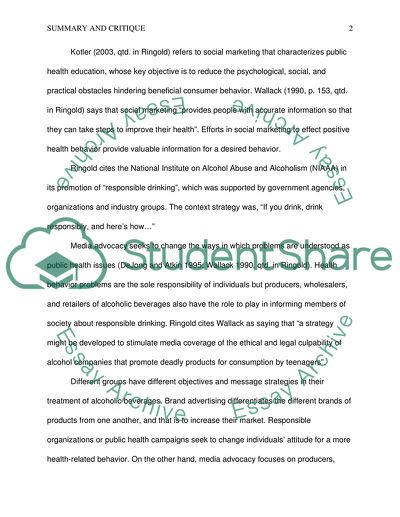Cite this document
(“Responsibility and brand advertising in the alcoholic beverage market Essay”, n.d.)
Responsibility and brand advertising in the alcoholic beverage market Essay. Retrieved from https://studentshare.org/miscellaneous/1551868-responsibility-and-brand-advertising-in-the-alcoholic-beverage-market-context-of-business
Responsibility and brand advertising in the alcoholic beverage market Essay. Retrieved from https://studentshare.org/miscellaneous/1551868-responsibility-and-brand-advertising-in-the-alcoholic-beverage-market-context-of-business
(Responsibility and Brand Advertising in the Alcoholic Beverage Market Essay)
Responsibility and Brand Advertising in the Alcoholic Beverage Market Essay. https://studentshare.org/miscellaneous/1551868-responsibility-and-brand-advertising-in-the-alcoholic-beverage-market-context-of-business.
Responsibility and Brand Advertising in the Alcoholic Beverage Market Essay. https://studentshare.org/miscellaneous/1551868-responsibility-and-brand-advertising-in-the-alcoholic-beverage-market-context-of-business.
“Responsibility and Brand Advertising in the Alcoholic Beverage Market Essay”, n.d. https://studentshare.org/miscellaneous/1551868-responsibility-and-brand-advertising-in-the-alcoholic-beverage-market-context-of-business.


